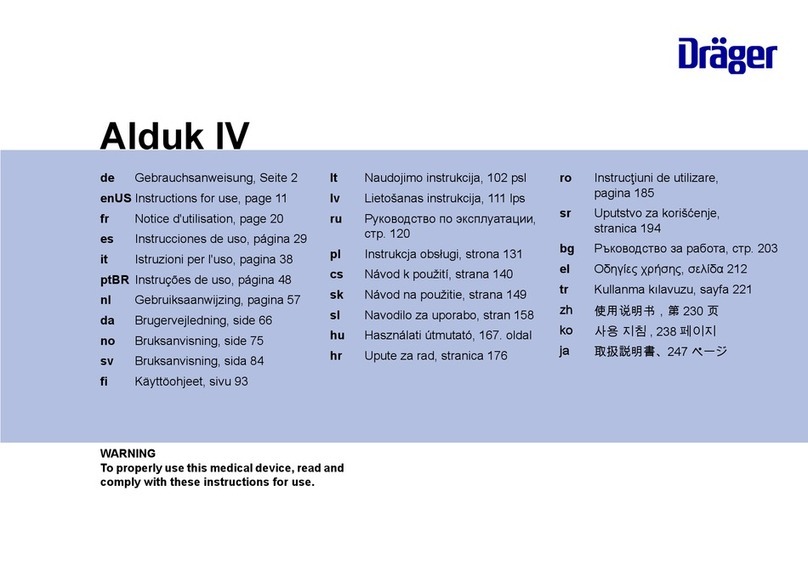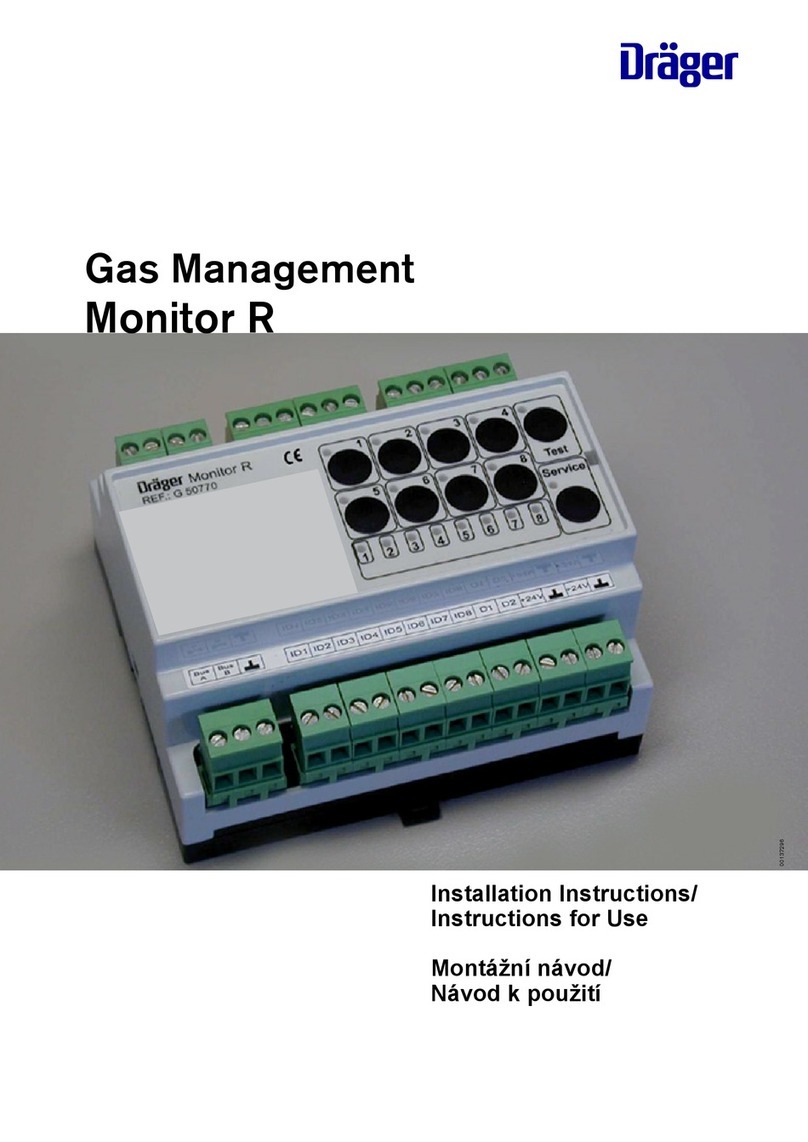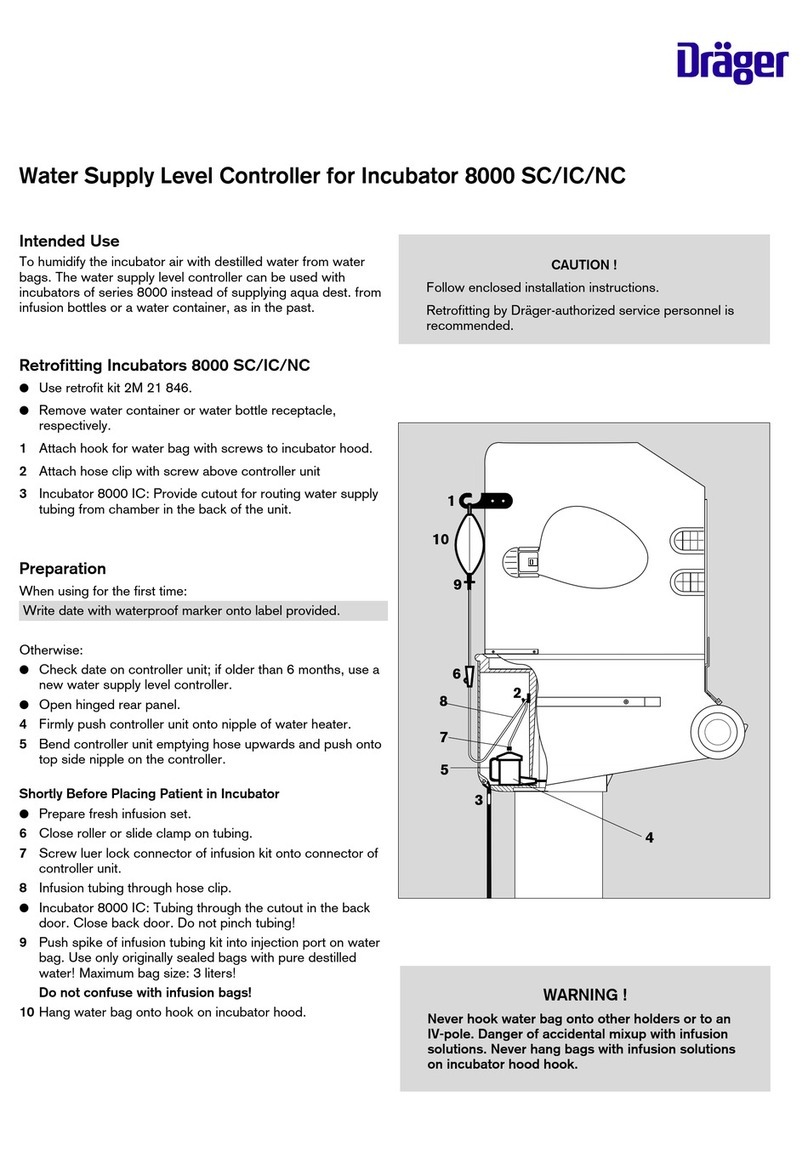Issue 6 – December 2006 2
Contents
FOR YOUR SAFETY ................................................................................................. 3
INTENDED USE......................................................................................................... 4
CE marking and ATEX approval.............................................................................. 5
Other tests and approvals ....................................................................................... 5
Special conditions for safe use............................................................................... 5
DESCRIPTION ........................................................................................................... 6
Main board .............................................................................................................. 7
Display board ........................................................................................................ 10
Pellistor board ....................................................................................................... 11
Options board........................................................................................................ 11
INSTALLATION ....................................................................................................... 13
Installation environment ........................................................................................ 13
Mounting points..................................................................................................... 13
AC supply.............................................................................................................. 14
Connecting transmitters and measuring heads ..................................................... 15
Relay outputs ........................................................................................................ 18
A1 and A2 24V “digital” outputs............................................................................. 18
Remote reset input................................................................................................ 20
CONFIGURATION AND CALIBRATION................................................................. 21
Set measuring range ............................................................................................. 21
Calibrating a 4-20 unit ........................................................................................... 23
Calibrating an SE Ex unit ...................................................................................... 25
Configuring alarms ................................................................................................ 28
MAINTENANCE ....................................................................................................... 35
Fault finding........................................................................................................... 35
SPECIFICATIONS ................................................................................................... 36
Part numbers......................................................................................................... 37
EC type-examination certificate............................................................................. 38
EC Declaration of Conformity................................................................................ 43


































